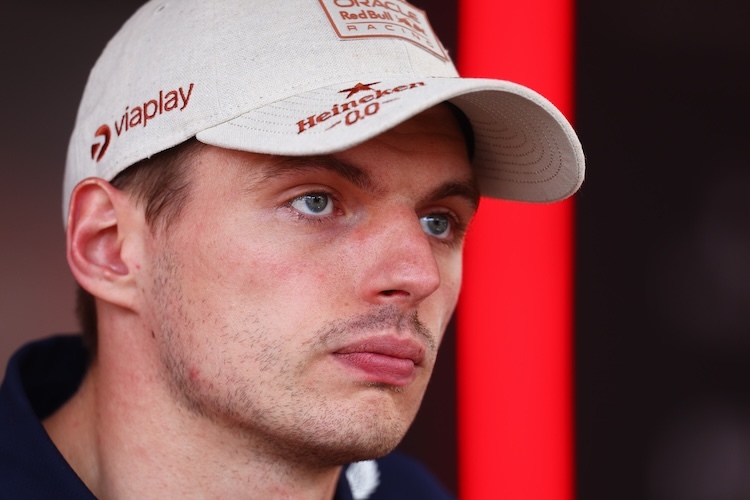Formula 1 champion Max Verstappen speaks about the controversial rules for the 2026 GP season: “There are still some things I would like to understand better, but basically everything has become more complicated.”
On June 6, the Fédération Internationale de l'Automobile (FIA), the global motorsport federation, published the regulations for the 2026 GP season and following years. The cars are becoming more compact (not a bad thing), lighter (very good), the electric power ratio has tripled (a sign of the times), they are faster on straights (doesn't improve sportiness, but it's good), the overtaking crutch is replaced by an adjustable rear wing With the crutch of overtaking in the form of greater electrical momentum for the attack.
Several drivers spoke in detail and in very different ways about the new regulations on Thursday before the Canadian Grand Prix at Circuit Gilles Villeneuve. Many people see: Well, that's basically it now. They have not forgotten that a lot has changed from the winged car project presented to the debut of these cars in early 2022. This will also be the case with the next generation of racing cars.
We address Formula 1 champion Max Verstappen as the first question on his media tour about the 2026 regulations. “The new regulations are a result of the upcoming engines,” the Dutchman tells SPEEDWEEK.com. “Performance is split 50:50 between combustion engine and electric. It quickly became clear: there was a need “To active aerodynamics, the car has less air resistance, otherwise the driver might run out of electrical power before the lap is complete.”
“What is clear, apart from the detailed work, is that with stable regulations the field will come together, which is what we are currently seeing. With the new regulations, the distances will become larger again, and this is inevitable. Because the cars will not be able to compete differently.” Not only in terms of their structure but also in terms of their engines and some may succeed in their goal by working on the new regulations and thus have a big advantage but I understand the background: the FIA wanted to attract more manufacturers, and a change in regulations was necessary to achieve this.
“I have seen a lot of simulations and witnessed how the cars have evolved from the first drafts to the final update, especially in the interaction between the drive unit and the chassis. This change is positive and is not over yet.”
“How fast the cars will eventually go depends on further developments as well as on their track layout. The number of straights, the number of curves and their characteristics all have an impact on the chassis and the drive unit coming through. I think on some slopes we will be faster than previous cars, and on others not.”
“It's not entirely clear to me how momentum will affect the straights. It also depends on aerodynamics or how long it takes to fully charge the battery. There are still some things I would like to understand better so I can evaluate it properly. Overall, “It will definitely be more complicated.”
Cars must be 30 kilos lighter. “Some race cars are already overweight,” says Max, “and it won’t be easy for teams to make the cars 30 kilograms lighter. Even if the race cars will be more compact. I would prefer the cars to be 100 or 150 kilograms lighter, but with “These hybrid engines, that's just wishful thinking.”

“General writer. Twitter fanatic. Award-winning alcohol practitioner. Pop culture guru.”







More Stories
Strong 1:1 in the test against Sparta Prague
Alexander Erler reaches doubles final in Kitzbühel
Leading a group of five with a new leader